2021 Hyundai Elantra Debuts With Four-Door Coupe Body, New +50MPG Hybrid Variant
The Hyundai Elantra was given a controversial facelift for 2019, but the company is trying to erase the sins of the past by introducing an all-new model in California.
Billed as an everyday four-door coupe, the 2021 Elantra (also called in i30 Sedan in some markets such as Australia) adopts the Korean brand’s so-called “Sensuous Sportiness” design language. Beyond the marketing fluff, it results in a more characterful styling than its predecessor, albeit convoluted and far from pretty as it’s as if it’s trying too hard to stand out from the crowd.
As expected, the model follows in the footsteps of the Sonata and adopts a wide-face “parametric-jewel-pattern” grille. The turn signals are integrated into the grille and they reside next to angular headlights.
The edgy front end gives way to a long flowing hood and sleeker bodywork. The latter features a prominent character line which is echoed by an upward sweeping beltline. The roof and greenhouse are notably more dynamic, and Hyundai added black accents to the rear window to “enhance the coupe-like look.” Elsewhere, there’s an integrated rear spoiler and distinctive “H-Tail” taillights.
Compared to its predecessor, the 2021 Elantra is 2.2 inches (56 mm) longer, 1 inch (25 mm) wider and 0.8 inches (20 mm) lower. The wheelbase also grows 0.8 inches (20 mm) to 107.1 inches (2,720 mm) overall.
Inside, designers adopted the idea of an “immersive cocoon” that “envelops the driver like an airplane cockpit.” While we wouldn’t go that far, the model is more high-tech as it features a 10.25-inch digital instrument cluster and an optional 10.25-inch infotainment system. The latter supports wireless Android Auto and wireless Apple CarPlay which a first for the segment.
Other highlights include slender air vents, numerous grab handles and an ambient lighting system with 64 different colors. The car can also be equipped with a wireless smartphone charger, an eight-speaker Bose audio system and a Digital Key which allows Elantra to be unlocked, started and driven via an Android smartphone or an NFC card.
Speaking of technology, the car features an enhanced natural language voice recognition system. It can be used to control a variety of settings including the climate control system and heated seats.
Despite the sleeker styling, interior dimensions haven’t been compromised. Quite the opposite actually as the 2021 model has more head, leg and shoulder room. Rear passengers see the biggest improvements as there’s an additional 2.3 inches (58 mm) of legroom.
Under the hood, drivers will find a 2.0-liter four-cylinder engine that produces 147 hp (110 kW / 149 PS) and 132 lb-ft (179 Nm) of torque. It is connected to an intelligent variable transmission which is Hyundai’s version of a CVT.
These components carryover, but Hyundai says the gearbox has a new shift control strategy which “improves linearity between driver inputs, vehicle behavior and acceleration.” The company also says we can expect improved fuel efficiency which should give the Elantra a best-in-class combined fuel economy rating.
The big news for 2021 is the addition of an all-new hybrid variant. It features a 1.6-liter GDI Atkinson-cycle four-cylinder engine, an electric motor and a 1.32 kWh lithium-ion battery pack which resides beneath the rear seat. This setup gives the car a combined output of up to 139 hp (104 kW / 141 PS) and 195 lb-ft (264 Nm) of torque.
The engine is connected to a six-speed dual-clutch transmission which promises to give the model a “dynamic and engaging driving experience.” More importantly, it helps the hybrid return an EPA-estimated fuel economy rating of more than 50 mpg.
The 2021 Elantra rides on the new K3 platform which is lighter, safer and stronger than its predecessor. The change also allows for a shorter front overhang and a lower center of gravity.
The latter promises to improve handling and its one of several changes focused on making the Elantra more fun to drive. Among the other changes are an optimized steering system and a new suspension mounting structure for more responsive handling.
On the safety front, the Elantra will come standard with an assortment of driver assistance systems. Highlights include Forward Collision-Avoidance Assist with Pedestrian Detection, Lane Keeping Assist, Lane Following Assist, High Beam Assist and a rearview camera with dynamic guidelines.
Customers can also order more advanced driver assistance systems such as Adaptive Cruise Control, Blind-Spot Collision Avoidance Assist with Rear Cross-Traffic Alert and Reverse Parking Collision Avoidance Assist. Other options include Safe Exit Warning and a Highway Driving Assist system which helps keeps the car centered in its lane and traveling at an “appropriate speed while keeping a safe distance from the car in front.”
The 2021 Hyundai Elantra will go into production this fall and sales will begin in the fourth quarter.
carscoops
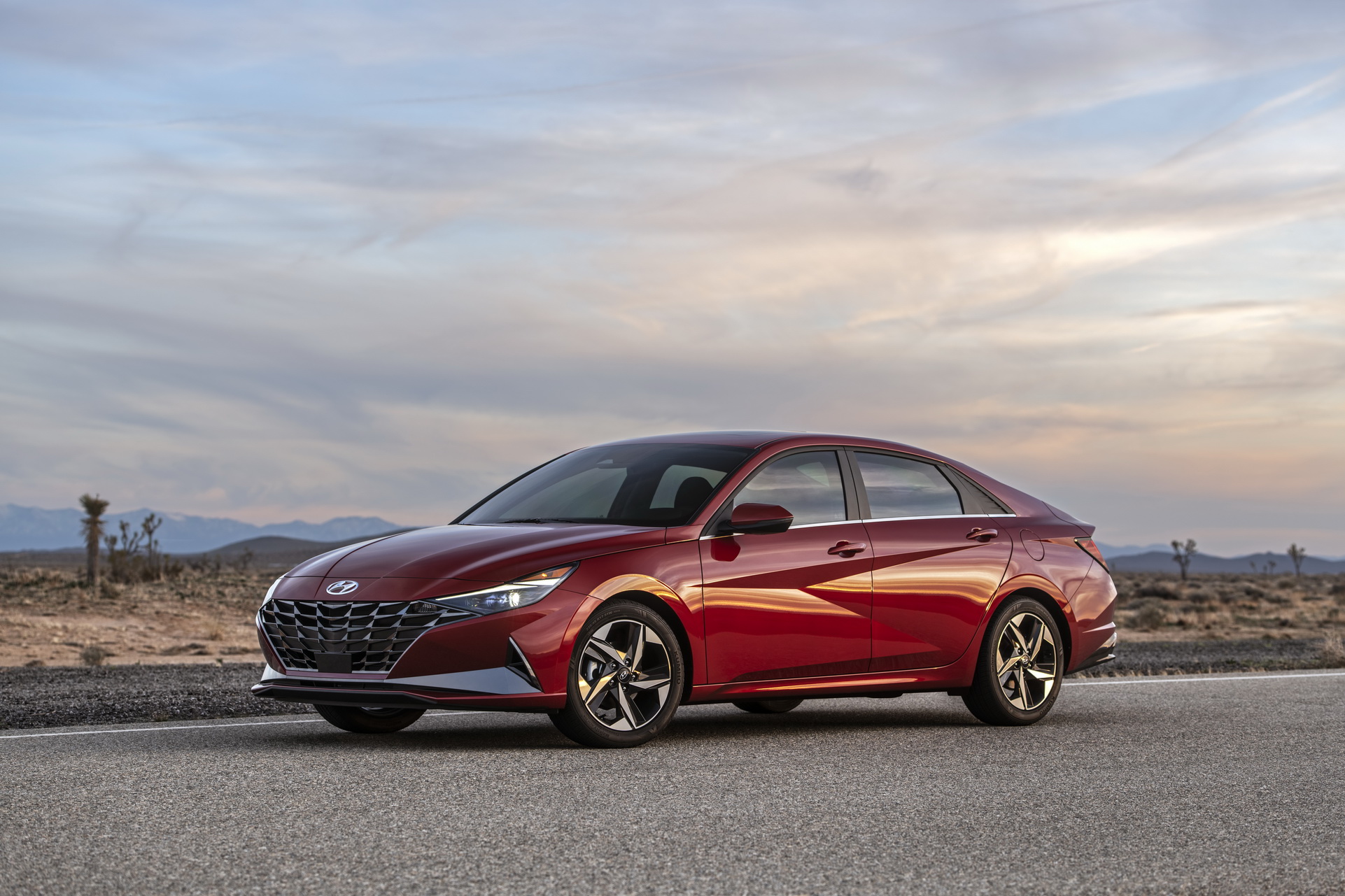
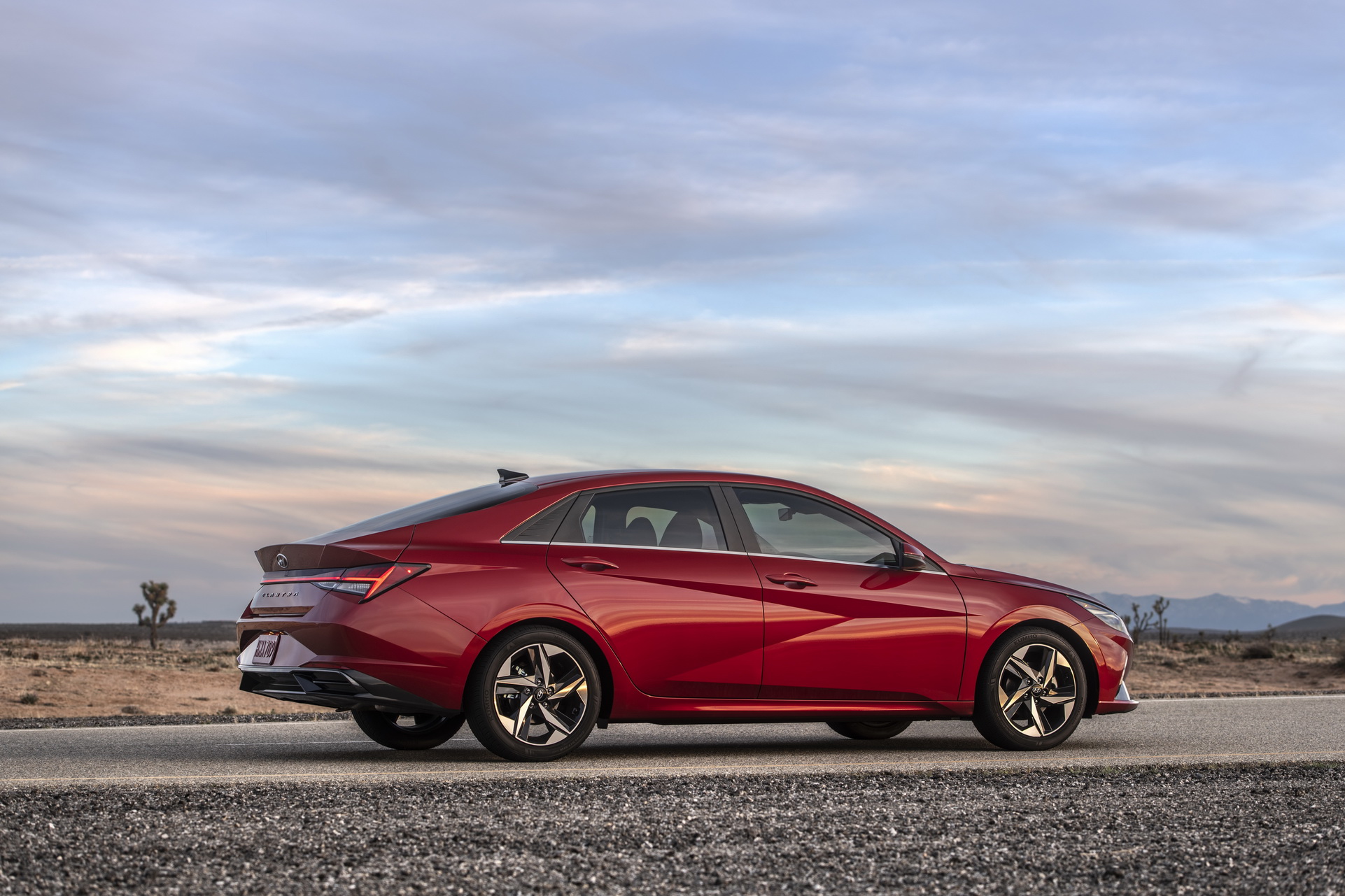
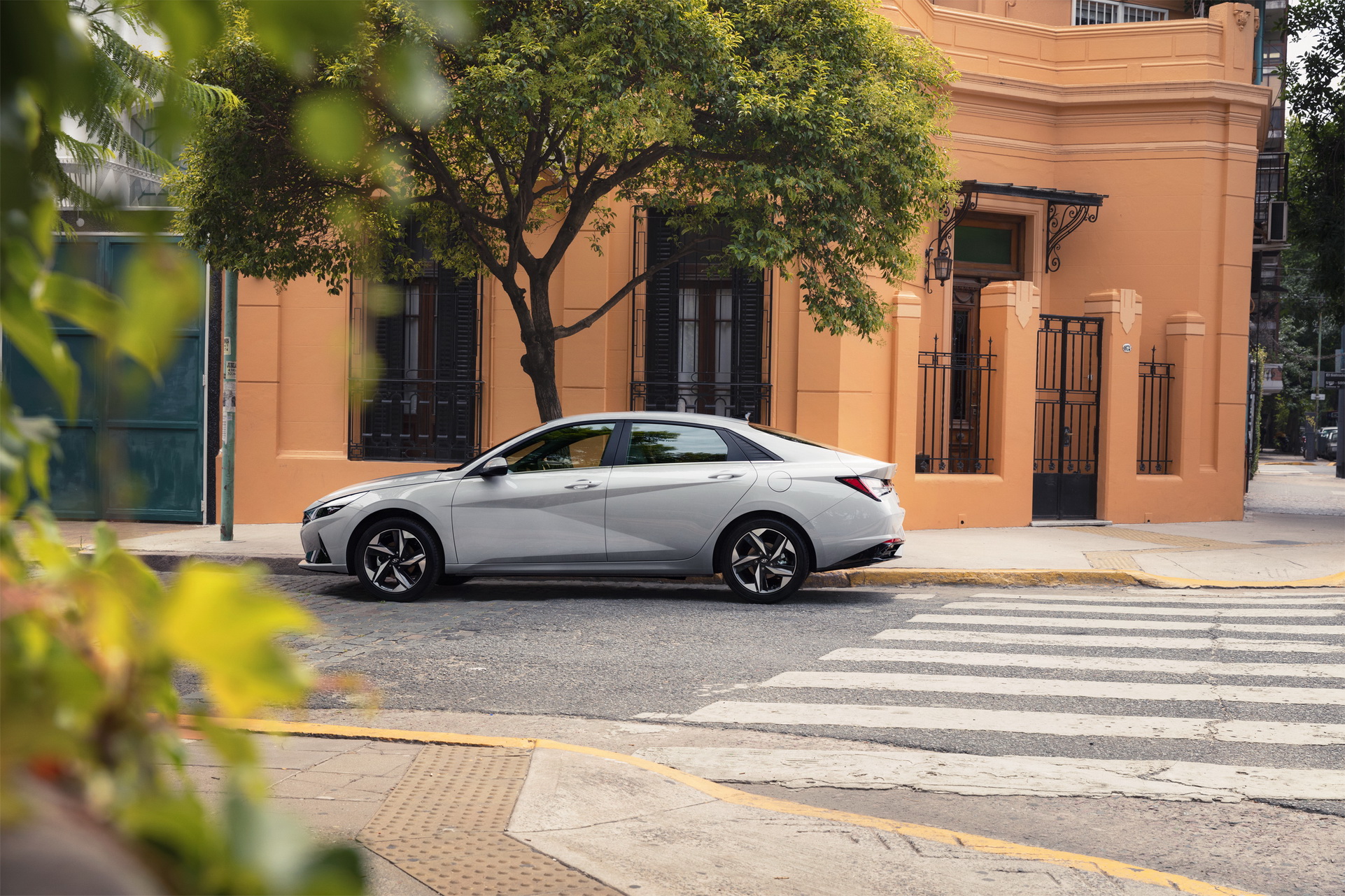
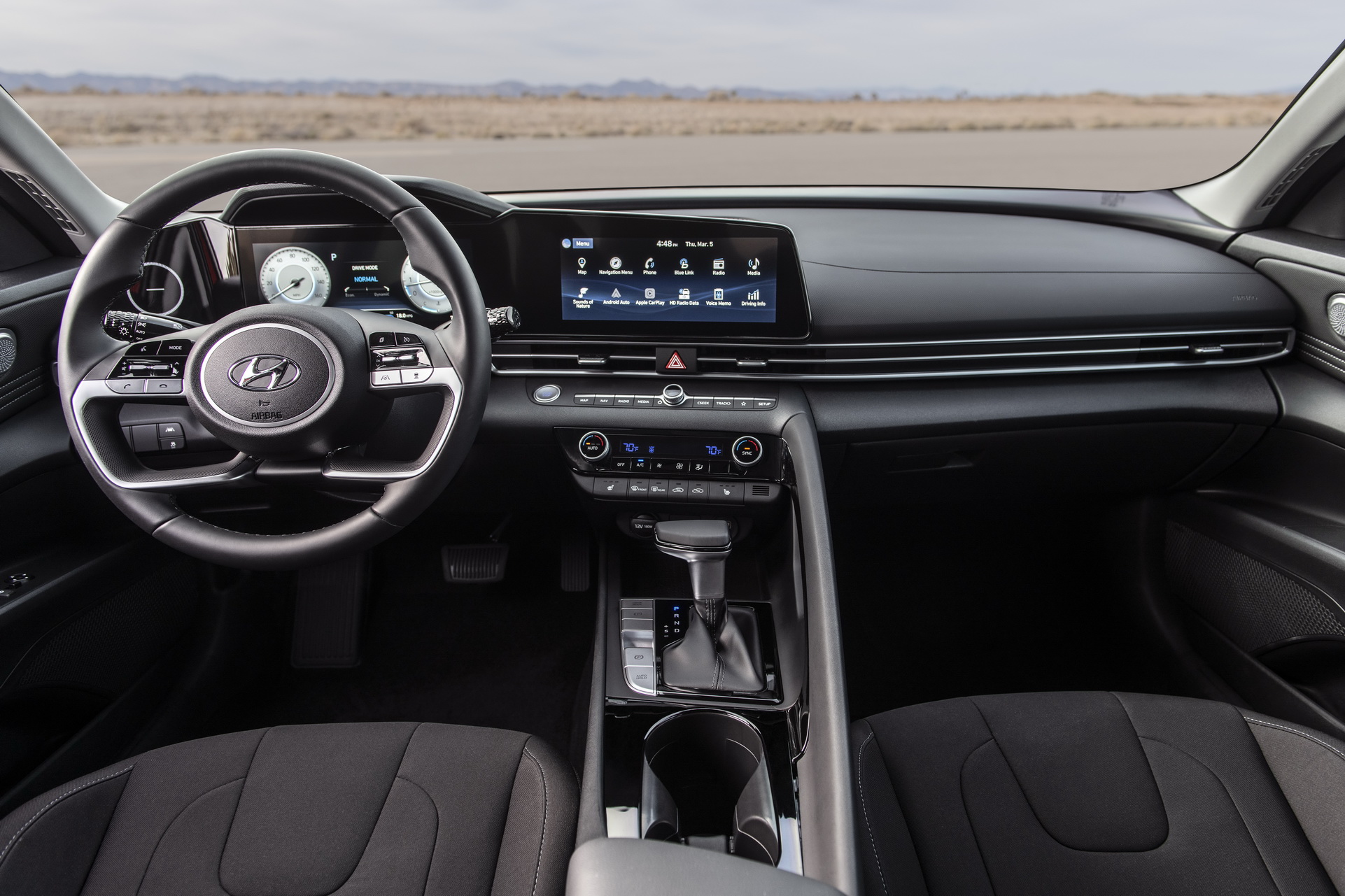

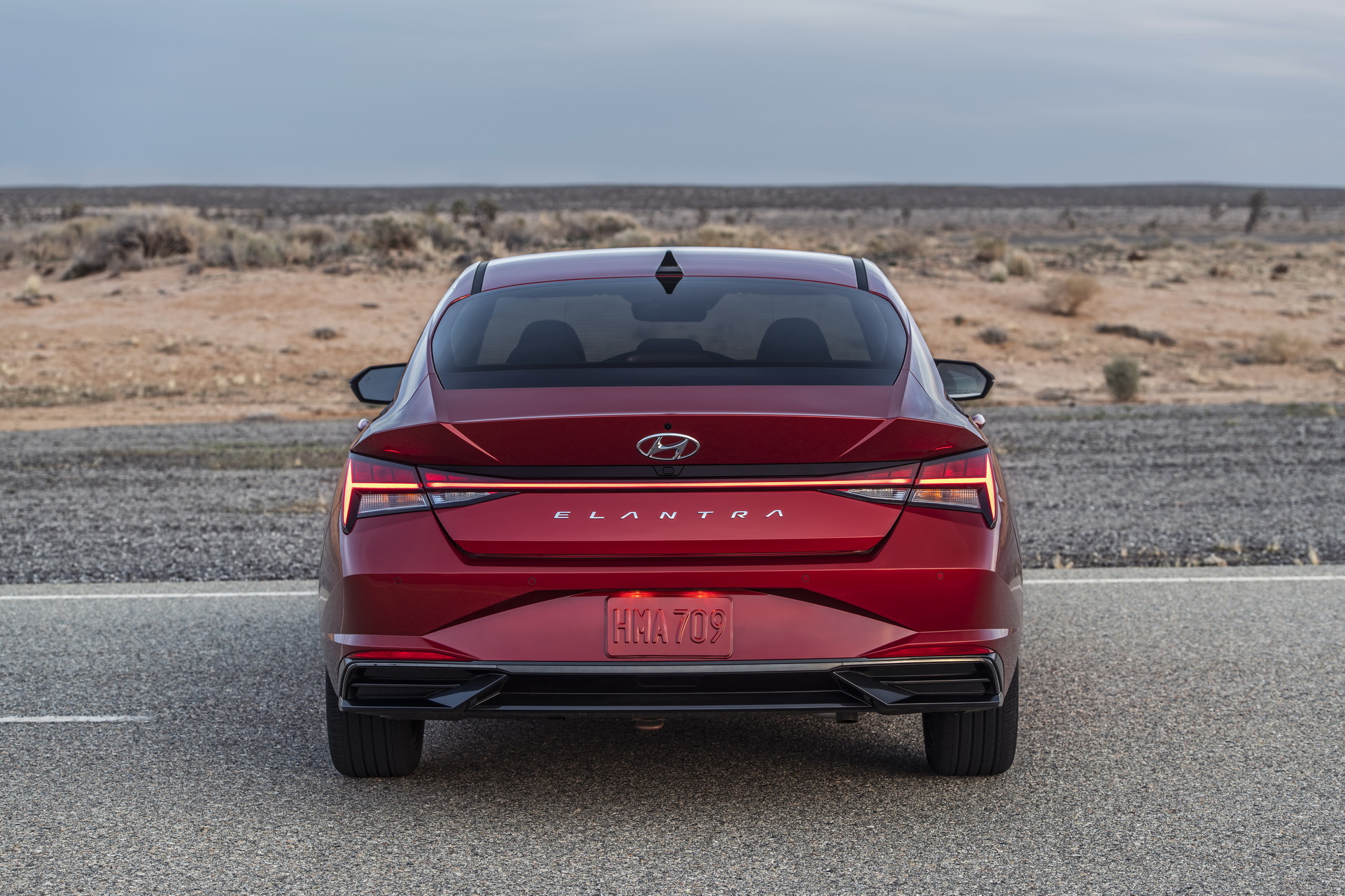

Comments
Post a Comment